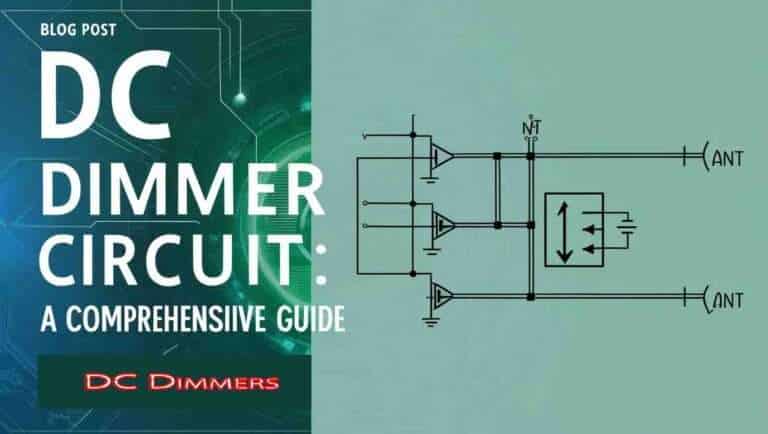ESP8266 Pin Diagram: Important Guide
The ESP8266 WiFi module has quickly become a go-to choice for…
“Discover the world of electronics with Electrical Hub’s dedicated category. Explore the fundamentals, components, and applications of electronic circuits. Stay informed about the latest innovations in the dynamic field of electronics and its impact on modern technology.”

The ESP8266 WiFi module has quickly become a go-to choice for…

The NodeMCU ESP8266 is a powerful, low-cost, and versatile Wi-Fi module,…

When it comes to managing lighting brightness, energy efficiency, and overall…

A DC dimmer circuit allows you to control the brightness of…

ESP32-WROOM-32U Pinout D and GPIO Mapping Explained The ESP32-WROOM-32U has become…

Understanding ESP32 WROOM Dev Mod Pinout Essentials The ESP32 WROOM development…

ESP32 DevKit 30 Pin Pinout: Essential Features and Configurations The ESP32…

Understanding ESP32 Specs and Features The ESP32 has revolutionized the world…

Introduction to ESP32S Pinout and Configuration The ESP32S has revolutionized the…

Introduction to ESP32 WROOM Pinout Configuration The ESP32 WROOM module has…

The 555 timer is a versatile integrated circuit (IC) that has…

In the ever-evolving world of wireless communication, two phenomena play crucial…

In the world of electronic communication, RS232 (Recommended Standard 232) has…

In the world of power electronics, voltage-fed push-pull converters play a…
| Cookie | Duration | Description |
|---|---|---|
| cookielawinfo-checkbox-analytics | 11 months | This cookie is set by GDPR Cookie Consent plugin. The cookie is used to store the user consent for the cookies in the category "Analytics". |
| cookielawinfo-checkbox-functional | 11 months | The cookie is set by GDPR cookie consent to record the user consent for the cookies in the category "Functional". |
| cookielawinfo-checkbox-necessary | 11 months | This cookie is set by GDPR Cookie Consent plugin. The cookies is used to store the user consent for the cookies in the category "Necessary". |
| cookielawinfo-checkbox-others | 11 months | This cookie is set by GDPR Cookie Consent plugin. The cookie is used to store the user consent for the cookies in the category "Other. |
| cookielawinfo-checkbox-performance | 11 months | This cookie is set by GDPR Cookie Consent plugin. The cookie is used to store the user consent for the cookies in the category "Performance". |
| viewed_cookie_policy | 11 months | The cookie is set by the GDPR Cookie Consent plugin and is used to store whether or not user has consented to the use of cookies. It does not store any personal data. |